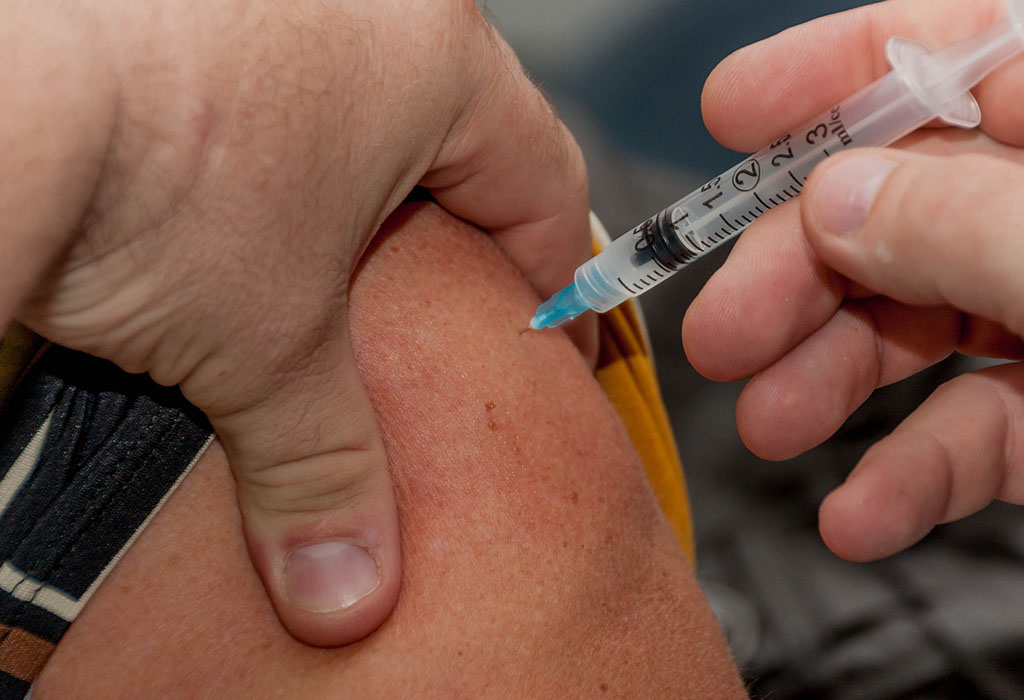How can we believe the science we read?
‘Bad science’ has nothing to do with the field being studied. Instead, it has everything to do with scientific process (or, more accurately, the lack of).
Bad science can include poorly controlled experiments, selective use of data, bias, mistakes in analysis, inappropriate sample sizes, unethical conduct such as theft of data, fabrication of data and misattribution of credit for contributions, or preventing others from reviewing the work. Bad science can be the result of self-interest, laziness, ignorance or a desire for publicity as well as dishonesty or malice.
The results of bad science can be disastrous. Wakefield et al.’s completely discredited ‘study’ on supposed links (note: there are none) between the measles, mumps, rubella (MMR) vaccine and autism resulted in declines in vaccination rates around the globe, with potentially deadly results for many children. Despite the original claims being disproven more than 15 years ago, there are still people who don’t vaccinate their children based on the original misinformation.

Sometimes it’s not the science at all that’s to blame, but those reporting it. Often a story is presented as a three-second sound grab, websites fight for every click of the mouse, while TV news is desperate to hold your attention from Netflix. From morning talk shows to the nightly news, hosts will spruik ‘a study’ without giving any information about who conducted it, the sample size, if it has been replicated or peer-reviewed, or even if it was conducted on humans. This can result in sensationalised (if not downright wrong) reporting on the results of a study, or talking up ‘cures’ that are in reality still decades away.
Bad science and poor reporting are particularly damaging because they reduce trust among the community in the benefits of science and the validity of results that are reported. They blame ‘science’ for being inconsistent or ‘wrong’, rather than people for being fallible humans or the media for their dodgy reporting of the facts.
It’s not always easy to spot ‘bad science’, especially if it’s presented in a flashy and impressive way (think glossy websites, celebrity endorsement and breaking news). That’s why it’s more important than ever that the public are given the tools to discern the difference between credible, rigorous science, and its evil twin—bad science.





